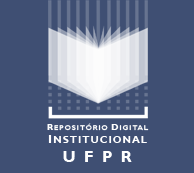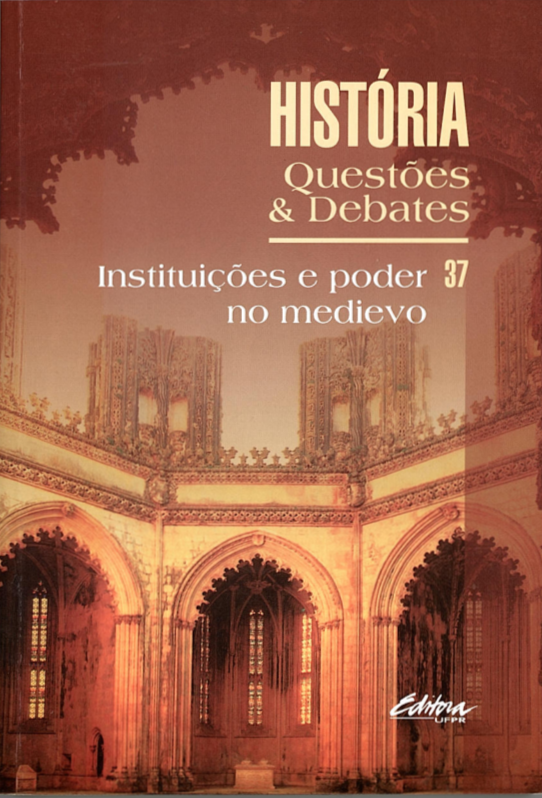A REFORMA PAPAL, A CONTINÊNCIA E O CELIBATO ECLESIÁSTICO: CONSIDERAÇÕES SOBRE AS PRÁTICAS LEGISLATIVAS DO PONTIFICADO DE INOCÊNCIO III (1198-1216)
DOI:
https://doi.org/10.5380/his.v37i0.2704Palavras-chave:
Reforma Papal, celibato clerical, decretais, Papal Reform, clerical celibacy, decretals.Resumo
Do século XI ao XIII, o papado liderou o movimento reformador que buscava uma transformação na organização da Igreja e da própria sociedade. Dentre as muitas questões que receberam a atenção do papado neste período, encontrava-se a preocupação com a moral clerical, em especial no tocante à continência e ao celibato, visando a um controle do corpo dos religiosos em prol da discretio. A preocupação central é discutir como, na prática legislativa, o ideal da continência e do celibato clerical foi apreendido. Neste sentido, nessa investigação, optou-se por estudar dois tipos de documentos legislativos: os cânones lateranenses I, II, III e IV, textos normativos de caráter geral, e as correspondências pontifícias do período do pontificado Inocêncio III (1198-1216).
Abstract
During the XI to the XIII centuries, the papacy led the reformer movement that looked for a transformation in the organization of the church and of the own society. Above the subjects that received the attention of the papacy in this period were the atention to the clerical moral, especially concerning the continence and the celibacy, seeking a control of the body of the religious persons in prol of the discretio. Our central concern is to discuss as, in the legislative practice, the ideal of the continence and of the clerical celibacy was apprehended. In this sense, in our investigation, we opted for studying two types of legislative documents: the canons lateranenses I, II, III and IV, normative texts of general character, and the papal correspondences of the period of the pontificate Innocent III (1198-1216).
Downloads
Como Citar
Edição
Seção
Licença
Direitos Autorais para artigos publicados nesta revista são do autor, com direitos de primeira publicação para a Revista. Em virtude da aparecerem nesta revista de acesso público, os artigos são de uso gratuito, com atribuições próprias, em aplicações educacionais e não-comerciais.
Os textos da revista estão licenciados com uma Licença 
Creative Commons Atribuição-NãoComercial-CompartilhaIgual 4.0 Internacional.



